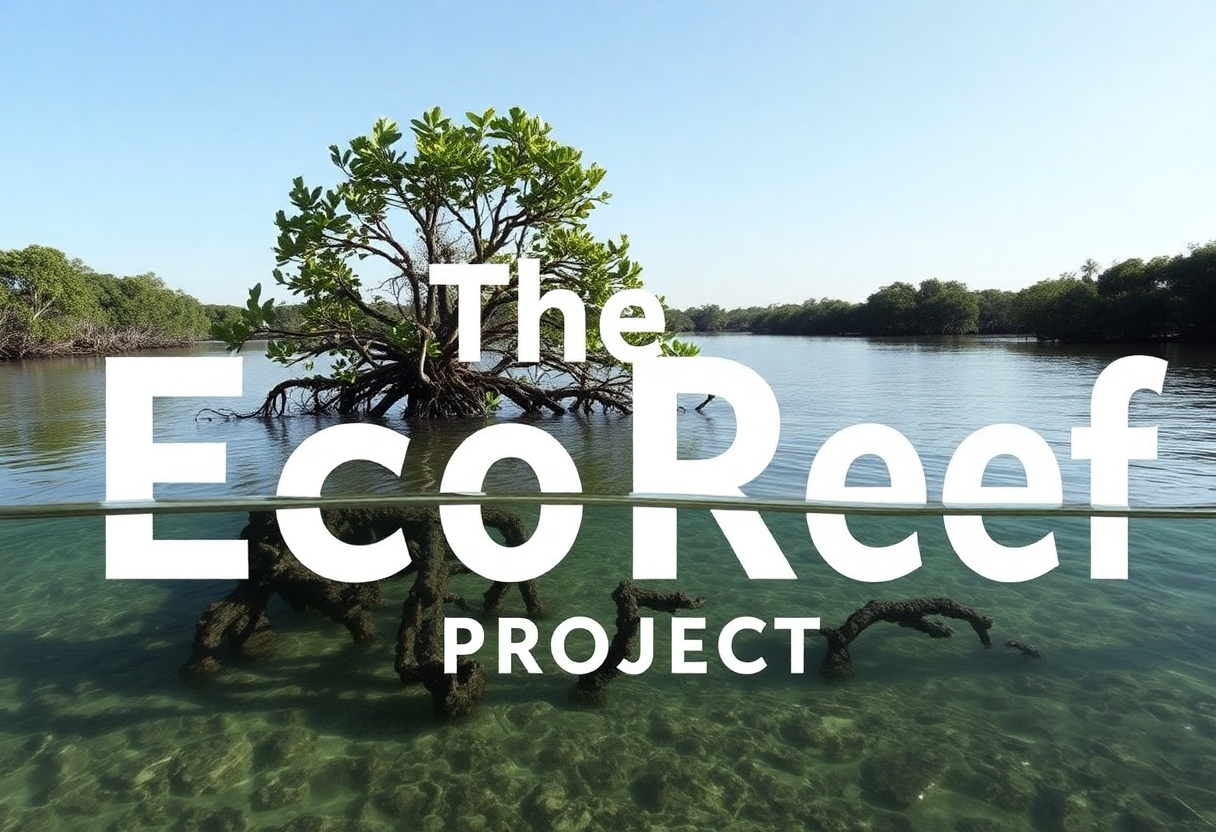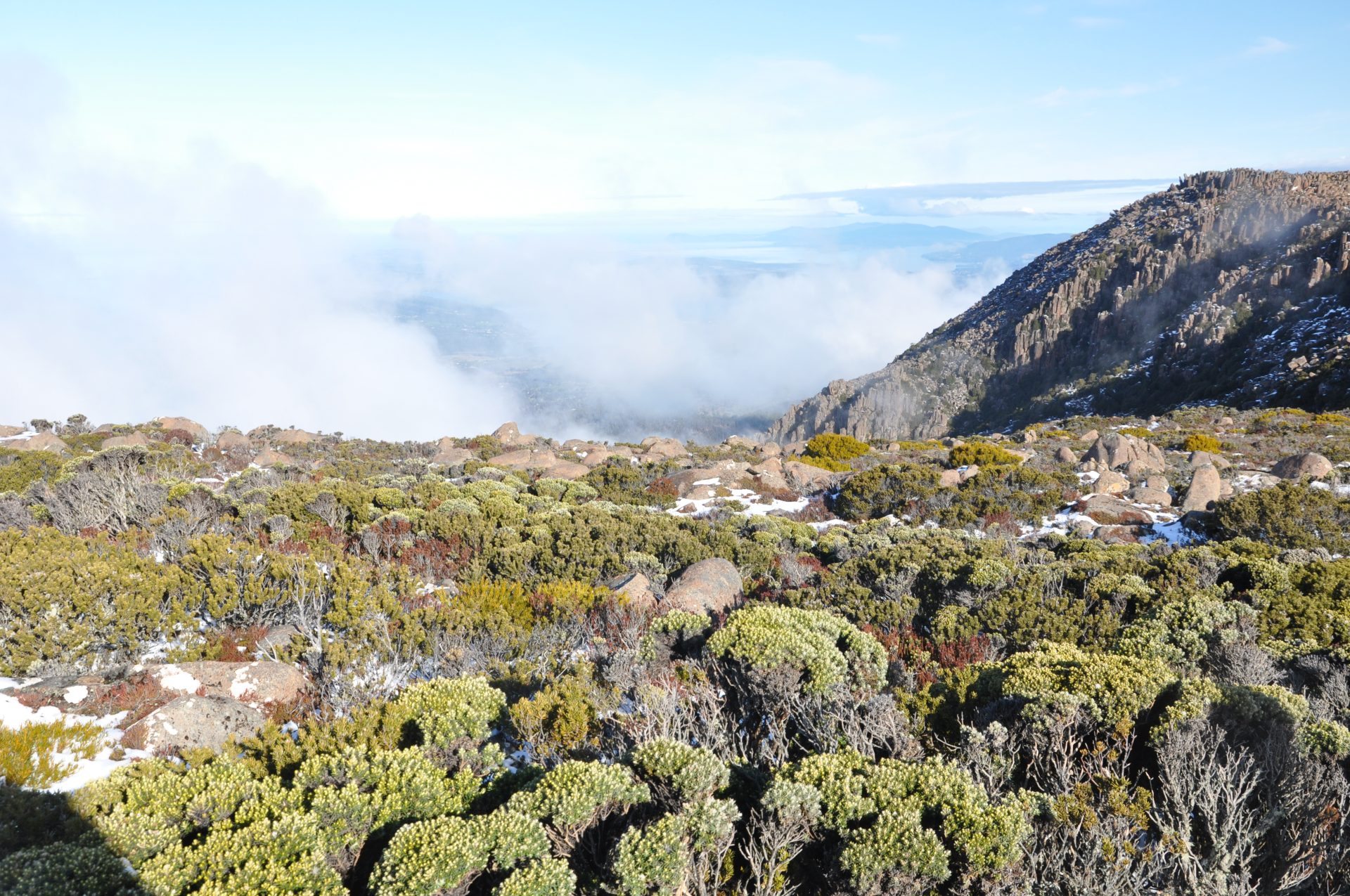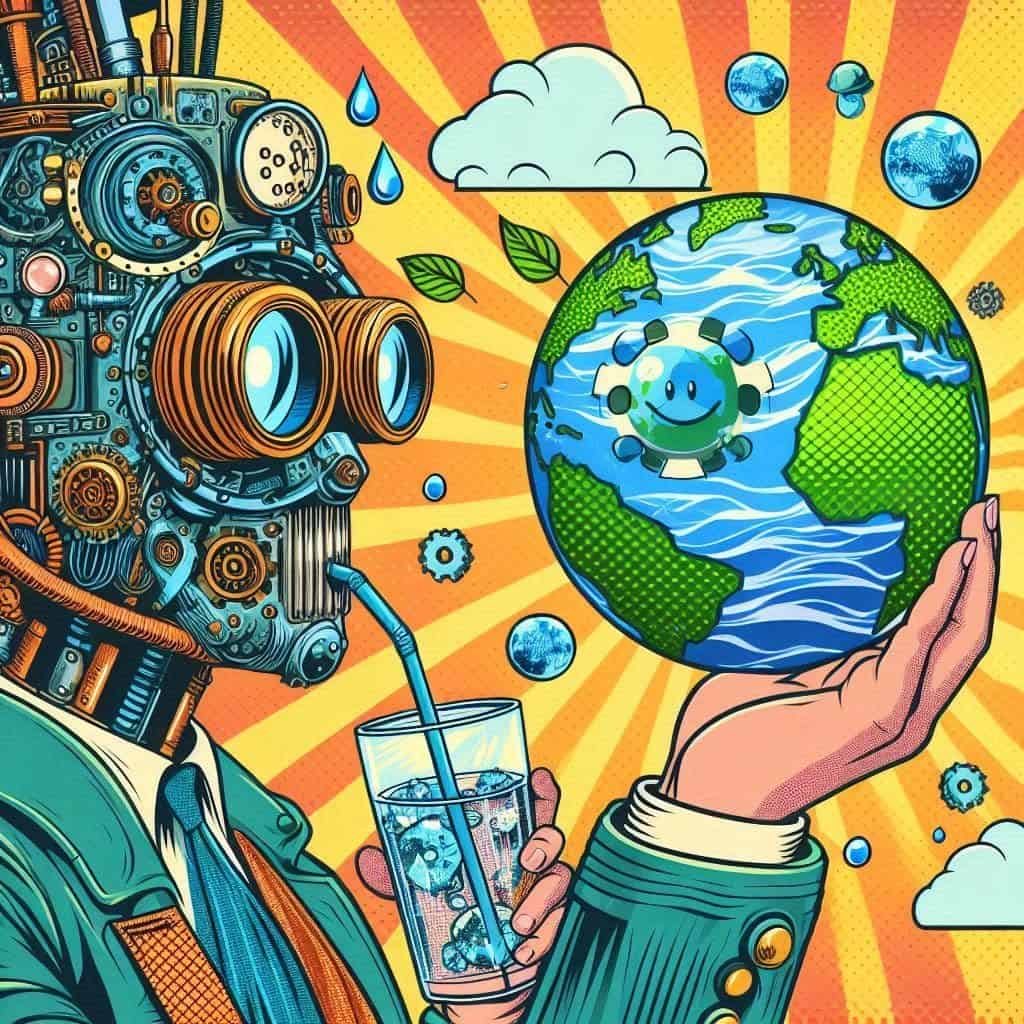Plant Power Of Waterbanks Security

How Plants Secure Waterbanks and Coastlines
Plants play an essential role in securing waterbanks and coastlines, acting as natural protectors that maintain the stability and health of these environments. By examining the mechanisms through which plants achieve this, we can appreciate their invaluable contributions to ecological balance.
Root Systems
The root systems of plants are integral in anchoring soil, especially along waterbanks and coastlines. In coastal regions, plants like mangroves and saltmarsh grasses develop intricate root networks that bind soil particles together, preventing erosion caused by tides and waves. Similarly, in riparian zones, plants such as reeds and willows stabilize waterbanks by holding the soil firmly in place, reducing the risk of erosion.
Stabilization and Erosion Control
Vegetation on waterbanks acts as a natural defense against erosion. The roots of these plants create a dense web that stabilizes the soil, while their above-ground structures help to slow down water flow, dissipating its energy and reducing erosion. This is particularly vital in areas prone to heavy rainfall or strong currents, where erosion can quickly degrade the landscape.

Wave Attenuation
In coastal areas, plants such as mangroves and seagrasses play a crucial role in attenuating waves. The dense root systems of mangroves act as a buffer, absorbing the impact of waves and storm surges, thereby protecting the shoreline from erosion and flooding. This natural barrier is essential for safeguarding coastal communities from extreme weather events.
Water Filtration and Quality Improvement
Plants along waterbanks and coastlines also contribute to improving water quality. They act as natural filters, trapping sediments and pollutants before they enter water bodies. This process helps to maintain clearer and healthier waters, which is beneficial for both aquatic life and human communities that rely on these water sources.
Habitat Creation
The vegetation that secures waterbanks and coastlines provides crucial habitats for various wildlife species. Mangroves, for example, offer breeding grounds and shelter for fish, crustaceans, and birds. Plants along riverbanks create habitats for insects, amphibians, and small mammals. This biodiversity is vital for the resilience and health of the entire ecosystem.

Buffer Zones
Vegetation serves as a buffer zone, protecting inland areas from the impacts of extreme weather events. During heavy rains, these buffer zones absorb and slow down runoff, reducing the risk of flooding. In coastal regions, plants help to absorb the energy of storms, protecting both natural landscapes and human infrastructure.
The Impact of Plant Die-Off on Waterbanks and Coastlines
When the plants that secure waterbanks and coastlines die off, the consequences can be severe. Without the stabilizing effect of their root systems, soil erosion increases dramatically, leading to the degradation of waterbanks and coastlines. The loss of vegetation also means the loss of habitats for wildlife, a decline in water quality due to reduced natural filtration, and increased vulnerability to flooding and extreme weather events. Additionally, the death of native plants can allow invasive species to take over, further destabilizing the ecosystem and causing long-term environmental damage.
Benefits of Manually Planting Vegetation on Riverbanks
Manually planting vegetation on riverbanks is a proactive approach to enhancing these ecosystems. Immediate stabilization is one of the primary benefits, as young plants develop root systems that begin to bind the soil, preventing erosion. Over time, these plants significantly improve water quality through natural filtration processes, create habitats for wildlife, and act as buffer zones that mitigate the effects of flooding. Manual planting efforts also provide educational opportunities and foster community engagement in environmental stewardship.

Immediate Stabilization
One of the primary benefits of manually planting vegetation on riverbanks is the immediate stabilization it provides. Young plants start to develop their root systems, which help bind the soil together and prevent erosion. This is especially important in areas that have been recently disturbed or are prone to erosion.
Erosion Control
By establishing vegetation, manual planting helps control erosion over the long term. As the plants grow, their root systems become more extensive and robust, providing even greater soil stability. This reduces the risk of riverbank collapse and helps maintain the integrity of the river ecosystem.
Improved Water Quality
Vegetation on riverbanks acts as a natural filter, trapping sediments, pollutants, and excess nutrients before they can enter the water. This filtration process improves water quality, benefiting both aquatic life and human communities that rely on the river for water.
Habitat Creation
Planting vegetation manually on riverbanks helps create habitats for various wildlife species. Birds, insects, amphibians, and small mammals find shelter and food in these vegetated areas, promoting biodiversity and enhancing the overall health of the ecosystem.
Flood Mitigation
Vegetation can absorb and slow down the flow of water, reducing the impact of heavy rains and flooding. By planting vegetation on riverbanks, communities can create natural buffer zones that help mitigate the effects of flooding and protect nearby infrastructure and properties.
Aesthetic and Recreational Benefits
Manually planted vegetation enhances the aesthetic value of riverbanks, creating green spaces that are visually appealing and inviting. These areas can be used for recreational activities such as walking, bird-watching, and picnicking, improving the quality of life for local residents.
Educational Opportunities
Manual planting projects offer educational opportunities for communities, schools, and organizations. They provide hands-on experiences in environmental stewardship and conservation, raising awareness about the importance of protecting and preserving river ecosystems.
Conclusion
Plants are indispensable in securing waterbanks and coastlines, providing stability, improving water quality, and creating habitats for wildlife. When these plants die off, the consequences can be dire, highlighting the importance of maintaining and restoring vegetation in these areas. Manually planting vegetation on riverbanks offers a practical solution to enhance and protect these vital ecosystems, ensuring their health and resilience for future generations.
Join the Discussion
Have you noticed the impact of plants on waterbanks or coastlines in your area? What plants are native to your region that help protect these environments?



































